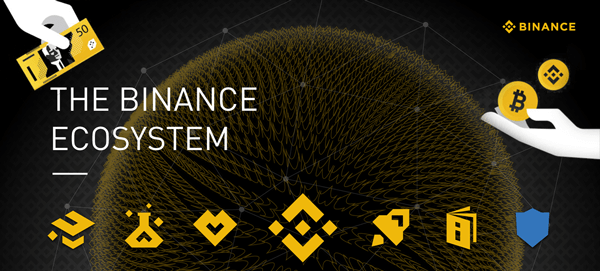
GDPR (Normal Knowledge Safety Regulation) was enforced by European Union (EU) on 25 Might 2018 with the primary goal of giving full rights to an individual to whom the information belongs to. These rights embrace proper to entry, proper to rectification, proper to erasure, proper to restriction of processing, proper to be told, proper to information portability, and proper to not be topic to a choice based mostly solely on automated processing together with profiling. GDPR applies to all these organizations the place EU citizen’s private information is concerned, no matter the truth that whether or not the group is inside or exterior the EU. If a enterprise needs to be performed with the EU, the corporate has to observe GDPR. Within the final twenty years, GDPR is presumably probably the most huge change in information privateness rules. GDPR ensures that a company makes use of private information responsibly and transparently to the person from its acquisition to deletion. A company should observe applicable technical measures to guard private information safety and privateness. An structure has to help private information privateness by design. Due to which, the primary query that involves our thoughts is “What’s private information?” In line with GDPR, the fundamental definition of private information is as follows-
“Private information is any data regarding an recognized or identifiable pure particular person (information topic).”
In different phrases, private information is the information that may instantly or not directly determine a person. The checklist of private information consists of identify, telephone numbers, date of beginning, gender, race, IP tackle, bank card numbers and so forth. The particular class of private information consists of well being information, genetic information, biometric information, intercourse life information, political views and others. This particular class of information is taken into account as extremely delicate information and have to be dealt with with the best safety requirements.
GDPR and blockchain
Then again, when in comparison with GDPR, Blockchain has an inherent property of distributing information to all of the members within the community to attain decentralization. Second, information on a blockchain is immutable to keep up information integrity within the community. The distinction between the targets of GDPR and Blockchain is proven within the desk beneath.
GDPR
Blockchain
Knowledge controller
Decentralized
Proper to erasureProper to rectification
Immutable
Proper to limit processing
Distributed to all stakeholders
As of now, it appears like GDPR and Blockchain have two completely different targets, however now the entire focus is on understanding how permissioned enterprise blockchain helps GDPR’s elementary rules. A permissioned blockchain like Hyperledger Cloth community is ruled by the recognized and licensed members of the community which offers extra management over information to members than public blockchain. Second, a blockchain works with out involvement of any third events, therefore information topics have extra command over the non-public information. Knowledge topics could be information controllers and may take choices of their private information. Moreover, in case of any information breaches or privateness violations, blockchain hastens the method of discovering the accountable by an excellent measure. From an attacker’s perspective, it’s simpler to switch information in a database than consensus-driven blockchain.
Options
Private information actually shouldn’t be saved on a Blockchain however beneficial options to make use of blockchain’s options to attain GDPR targets are mentioned below-
Off-chain storage (Non-public database)
Hash or fingerprint of information or metadata on a blockchain (limitations for small-sized information)
Anonymization of information (Pseudonymization not permitted)
Non-public information assortment in Hyperledger Cloth
Hyperledger Cloth makes use of cryptography mechanisms to keep up transaction confidentiality and entry management. Cloth gives an in-built facility of utilizing a non-public database the place a hash of personal information is saved on blockchain. As hash is a one-way perform, guessing the non-public information from the hash is tough. To make the hash extra resilient to brute-force assault – a. Hashing algorithms producing longer bits like SHA-512 b. random salt with the non-public information ought to be used.
Transient subject – To take care of the privateness of information whereas speaking from consumer to licensed friends in organizations, transient subject is used which is excluded in channel transaction.
blockToLive – This property in non-public information assortment defines the lifetime of information on a non-public database. If the blockchain achieves a sure block peak (a price could be set), information mechanically will get deleted from the non-public database and to maintain information without end within the non-public database the worth of blockToLive is about to 0. Referring to one of many elementary rights of GDPR, ‘proper to erasure’ can also be supported in a managed method by Hyperledger Cloth.
A permissioned #blockchain like Hyperledger Cloth community offers extra management over information to members than public blockchain and information topics have extra command over their #personaldata. #privateness #respectdata





 Bitcoin
Bitcoin  Ethereum
Ethereum  Tether
Tether  Solana
Solana  USDC
USDC  XRP
XRP  Lido Staked Ether
Lido Staked Ether  Dogecoin
Dogecoin  Toncoin
Toncoin
Be the first to comment